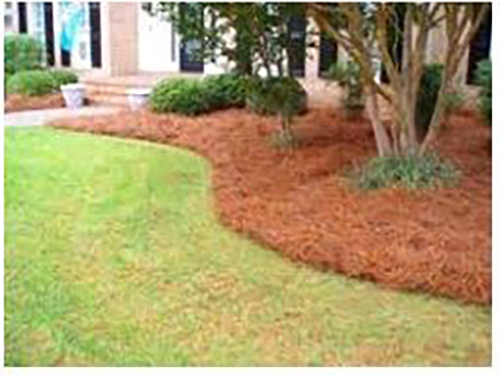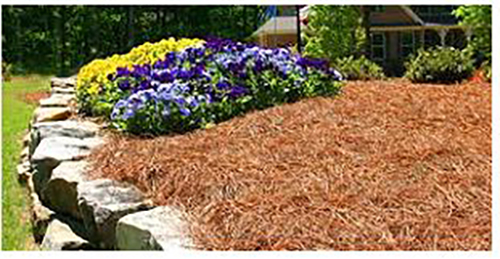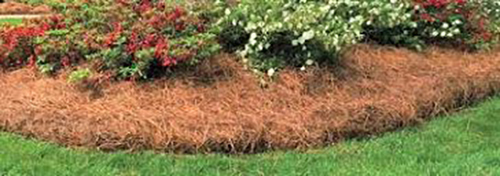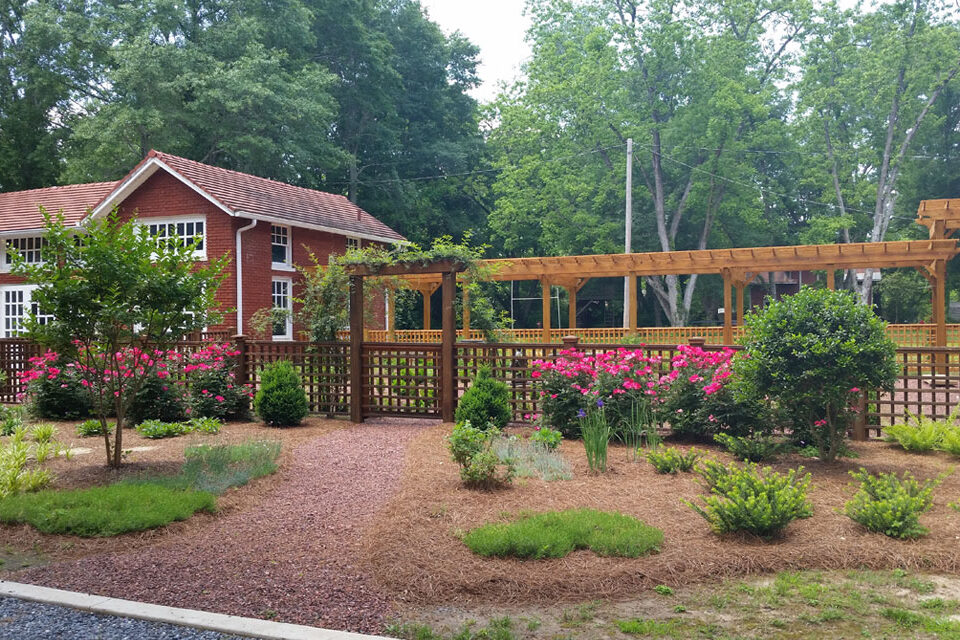Sustainable Property Care at Ground Level- How Mulch Keeps Your Property in Top Shape
Sustainable Property Care at Ground Level- How Mulch Keeps Your Property in Top Shape
In the world of landscaping and property management, visual impact is important, but to justify the investment of time and dollars, we also must consider sustainability. Sustainable landscaping (low maintenance/self-sustaining) is the current trend with great attention on solutions for green spaces and “going green.” With that in mind, let’s look at the importance of what is underneath our beautiful trees, shrubs, perennials, and annuals - mulch.
Like many words in our vocabulary, a word’s meaning can vary. For instance, in England, if you use the word “bum” it has a different meaning as compared to here in the states, even though it is the same English spelling. Thankfully, mulch is a less troublesome word, but still has various meanings. In the northeastern United States, usually mulch means shredded hardwood tree pieces. In the arid southwestern U.S., it means stone and in the southeastern U.S., it could mean something else.
Let’s look at the importance of mulch and what it does.
Temperature moderation: Mulch provides root ball protection through soil temperature moderation. This is a fancy way to say that it cools the soil from hot temperatures in the summer by shading the soil and insulates it in the winter by covering it from raw cold and wind. Mulch also helps water retention in the soil during the hot months of summer which can make the difference between an average landscape that wilts from dry weather and heat and a great one that stays moist from mulch coverage.

Weed suppression: When weed seeds blow in during storms or animals deposit them into a new area, a proper mulch layer depth will keep seeds literally in the dark and they will have a much harder time of germinating. Healthy plantings will choke out weed growth along with the help of a proper layer of mulch.
Erosion Control: One of our favorite stories describes a National Geographic special seen years ago showing very slow speed rain hitting raw uncovered earth. Close up and at slow speed, it looked like an atomic bomb going off or a meteor hitting land since there was nothing to soften the impact. Without a good layer of mulch, small particles of dislodged soil move away because of the impact and rain flowing downhill (video demonstration: https://www.youtube.com/watch?v=im4HVXMGI68). The migration of small soil particles is bad for the original and new location of the soil. Mulch provides a cover for rain to filter through and softly percolate into the soil making it available for the plants while leaving the soil in place.

Nutrient value: Decaying organic matter at ground level is part of how nature is designed to work with itself to feed the soil and ultimately the plants growing in it. This natural circle of life is part of what is called the Soil Food Web (great topic for another time!). Feeding your plants with natural organic materials benefits their health.
Mechanical safety: This may seem like a strange benefit but how many times have you seen string trimmer damage on trees where turf grass grows near tree trunks? Mulch coverage over root areas will not only keep competition from turf roots out of the picture but it also helps to keep tools away from plants where they could be physically damaged.
Let’s talk about the different types of mulch.
Inorganic mulch- Stone can keep erosion down, but it will also soak up heat in warm climates and act as a wick in the landscape pulling valuable moisture from the ground (ever walked bare footed to your mailbox in the summertime and picked up the pace as it started making your feet uncomfortably hot?). In Arizona this fits the climate but elsewhere it is not your best choice. Colored glass shards might look good, but they also draw in heat which is not beneficial to most plants. Chewed up tire pieces may make you feel like you are recycling a useless product but if it is the health of your landscape you are looking to enhance stay away from petroleum based hot plastic infused with oil and other ingredients that leach chemicals into the soil.
Organic mulch- Wood chips are by far the most popular in the northeastern US because they are a local product, and the native soils are more porous. In the southernmost areas of the US such as Florida Cypress mulch is predominant because of the availability of Bald Cypress trees that grow in the region.

In the southeastern US Pine Straw is a local, organic, and value-oriented choice that most professionals utilize to make landscapes look top notch and in great working order. Winter sees the product freshly fallen from pine trees and available to enhance landscapes at a time of year when most plants are not blooming, and perennials are dormant. Having a mulch that will not float away during heavy rainfall is preferred and the porosity of pine straw allows lighter rain to reach thirsty roots when it may be critical that they get moisture. On sloped landscapes pine straw uses its length to leverage stability for you as the wise user of what is considered the best mulch east of the Mississippi and south of our nation’s capital.
Stay with what mulch works in your area and you will have a low maintenance and well cared for piece of nature that will build property value and your satisfaction at the same time. That’s a winner!



